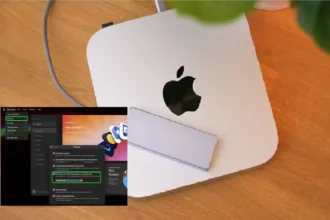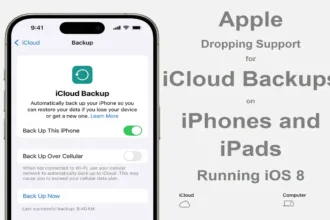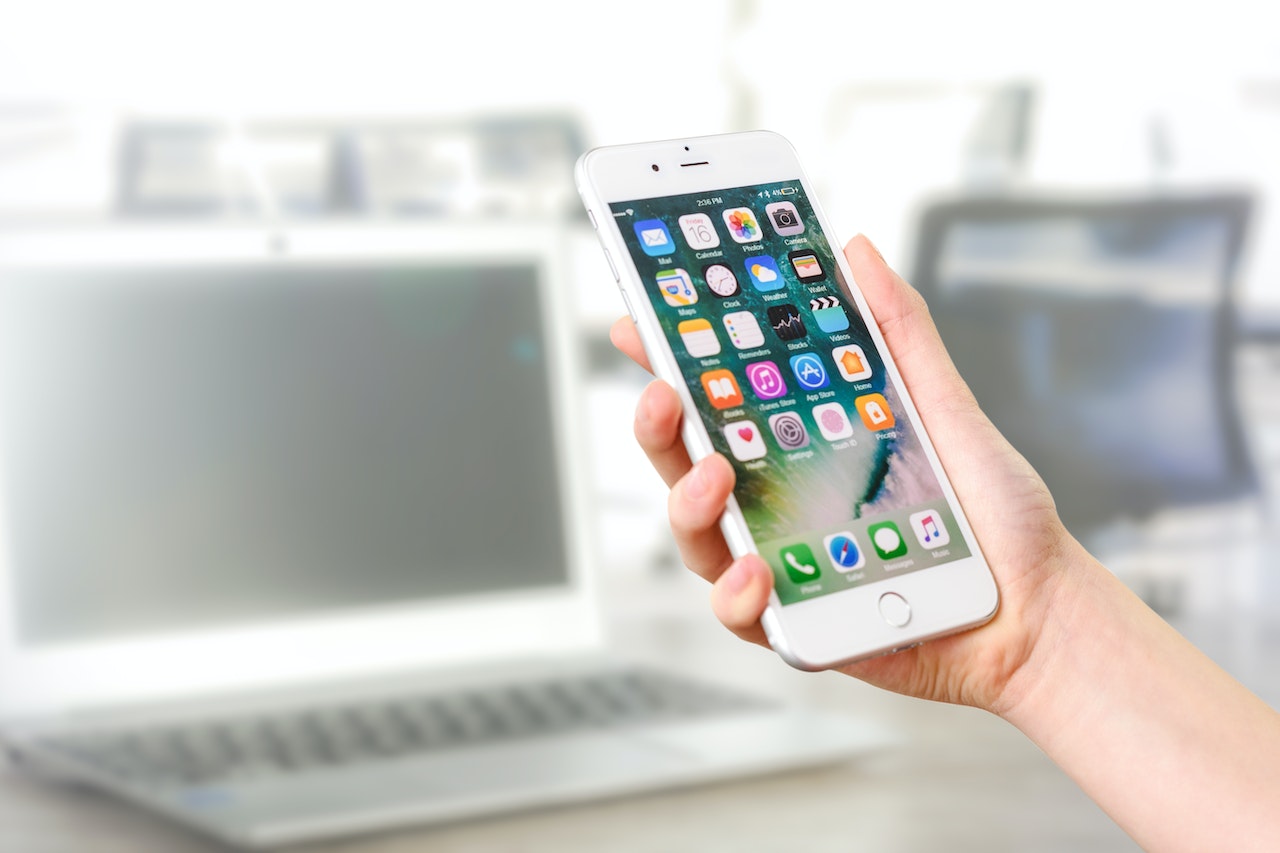Two-factor authentication is an extra layer of security for your Apple ID that makes sure only you can access your account, even if someone knows your password.
Turn on two-factor authentication for your Apple ID
If two-factor authentication were turned on, it would be on when you sign in to your account. If it’s not on, you can turn it on when setting up a new Mac, or you can follow the steps below to turn it on at any time in Password & Security preferences.
- On your Mac, go to the Apple menu and click System Preferences. Then click Apple ID, and in the sidebar, click Password & Security.
- Click Set Up Two-Factor Authentication, and then click Continue.
- Answer the questions, then click the “Verify” button.
- Please type in your phone number, choose a way to verify it, and then click Continue.
- When asked, use the six-digit verification code sent to your trusted phone to prove who you are. You won’t be asked for a verification code again on your Mac unless you ultimately sign out of your Apple ID, erase your Mac, or change your password for security reasons.
Sign in to a new device or browser with two-factor authentication
When you sign in to a new device or browser with your Apple ID, a temporary code is sent to your trusted devices or phone number.
Important: When you receive a verification code, don’t share it with other people.
- When asked for the verification code, check a trusted phone number or device for a message. Click “Didn’t get a verification code?” in the message to send the code to a trusted phone number. Then, choose the phone number.
- Tap or click Allow on a device you trust to see the code on that device.
- On your Mac, type in the code.
Get a verification code on a Mac, even when it’s offline
If you can’t get a verification code on your phone or other trusted devices, or if none are available, you can get a verification code even if your Mac is offline by going to Password & Security preferences.
Important: When you receive a verification code, don’t share it with other people.
- On your Mac, go to the Apple menu and click System Preferences. Then click Apple ID, and in the sidebar, click Password & Security.
- Click on Get Verification Code.
- Write down or type the verification code into the message, then click OK.
Add a trusted device
You must sign in with your Apple ID on a Mac (with macOS 10.11 or later), an iOS device (with iOS 9 or later), or an iPadOS device to make it a trusted device.
- Adding a Mac (macOS Catalina or later): Select Apple > System Preferences, click Sign In and then type in your Apple ID. Follow the instructions on the screen.
- Adding a Mac (running macOS 10.14 or before): Choose Apple > System Preferences > iCloud > Sign In > Your Apple ID and click Sign In. Follow the instructions on the screen.
- Tap Settings > Your Name at the top of the screen to add an iOS or iPadOS device.(If you have iOS 10.2 or an older version, go to Settings > iCloud.)Use a six-digit verification code to prove who you are.
If you used a different Apple ID to sign in to your Mac, iOS, or iPadOS device before, sign out and then sign in again.
You won’t be asked for a verification code again on that device unless you ultimately sign out of your Apple ID, erase your device, or change your password for security reasons.
If you want to know more about Microsoft Authenticator App with the download and process, you can visit at aka.ms/authapp.
Add or remove a trusted phone number
To sign up for two-factor authentication, you must verify at least one trusted phone number.
- On your Mac, go to the Apple menu and click System Preferences. Click on Apple ID, and then click on Password & Security in the sidebar.
- Click Edit, and then do any of the following:
- Click the Add button to add a phone number.Type in your Mac password. Enter a phone number that can be used to confirm that you are who you say you are. Choose if you want to be contacted by text message or phone, and then click Continue. Enter the code sent to your phone number or email address and click “Next.” There is a list of the phone numbers you trust.
- To delete an email address or phone number, click the Delete button next to the number, then click Remove.
View or remove trusted devices
- Choose Apple > System Preferences from your Mac’s menu bar, then click Apple ID. At the bottom of the sidebar, you can see a list of the devices you trust.
- Any of these things:
- Learn more about a trusted device: If you click on a device in the list, you can find out more about it.
- To get rid of a trusted device, choose it from the list, click Remove from Account, and then click Remove.
In Conclusion
You can’t turn off two-factor authentication if you’re already using it. This extra level of security is needed for some features in the latest iOS, iPadOS, and macOS versions. If you just updated your account to turn on two-factor authentication but then decide not to use it, you must stop using it within two weeks. Open the confirmation email you got when you signed up and clicked the link to return to your old security settings.






